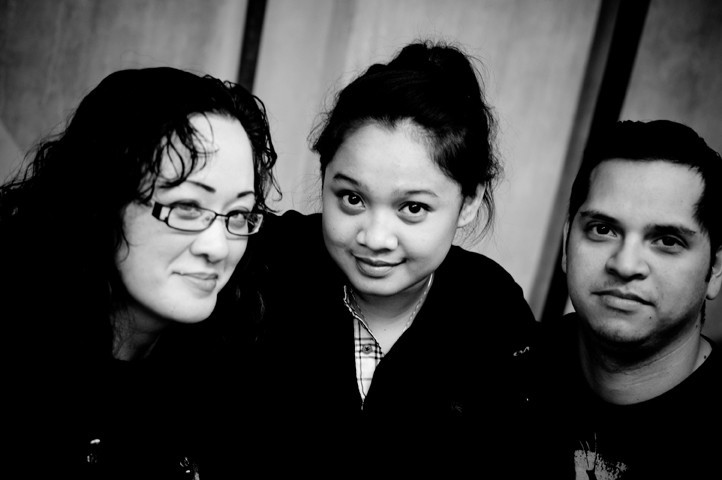Canada’s changing face
The realities of an increased population of visible minorities
Even though his legal name is Roberto Kasala, when the Filipino immigrant was applying for Canadian jobs, he purposefully used his nickname – Bobby.
“When I wrote my resumé, sometimes I changed my name to Bobby because Roberto could sound a little Latino, a little foreign,” Kasala said.
Kasala’s attempt to appear more “Canadian” may or may not be needed by 2031, according to a recent Statistics Canada report.
The study, “projections of the diversity of the Canadian population,” found that between 29 to 32 per cent of Canadians could be visible minorities within 20 years. Notably, StatsCan also projects that Canada’s foreign-born population will grow approximately four times faster than the rest of the population.
Despite working good jobs in the Philippines, Kasala and his wife chose to immigrate to Canada in 2004 to give their two children a better education and more job opportunities. However, after only two months, Kasala couldn’t afford to support everyone and soon found himself alone while his family returned to their home country.
With no relatives and without knowing how to take the bus or open a bank account, Kasala eventually found his feet and a job in a call centre. After a string of low-paying jobs including work as a security guard, the university graduate with a bachelor of science in statistics was hired as a policy research analyst for Manitoba Agriculture, Food and Rural Initiatives. In 2007, he could afford to have his family rejoin him.
While he was determined to find work, the lack of a social network made the struggle more trying.
“Although there is a big Filipino community here, we come from different regions so we speak different dialects and we have to speak to them in English,” he said.
The lack of social programming, such as English as an additional language courses, for immigrants will increasingly become an issue if the government doesn’t begin to plan for the increase in the foreign-born population, according to Immigrant and Refugee Community Organization (IRCO) program co-ordinator, Dorota Blumczynska.
“If we continue to promote labour preparedness over community, then we will have people who are ready to enter the workforce but will be unable to integrate into the community,” she said. “The fear is that we will have cities divided … one group of people speaking one language in this area and another group speaking another in that area.”
Some experts speculate additional diversity in languages may also spur the evolution of Canada’s economic sector.
“It’s increasing where people come to Canada and not only don’t they speak English or French, but neither are their mother tongue,” said James Townsend, University of Winnipeg assistant professor of economics.
While many immigrants that choose to come to Canada for economic reasons rather than for refugee status already hold credentials and work experience, but language is a barrier to employment.
An inability to communicate adequately in a common language within a group setting, such as writing reports or having ideas heard in meetings, will most likely hinder success in a workplace, according to Townsend.
While he can’t predict the outcome 20 years down the road with many immigrants coming from non-traditional locales such as Asia, Townsend does see a potential shift in the future.
“We could have English, French and something else,” he said. “We may end up changing the language of commerce.”
Published in Volume 64, Number 24 of The Uniter (March 25, 2010)








